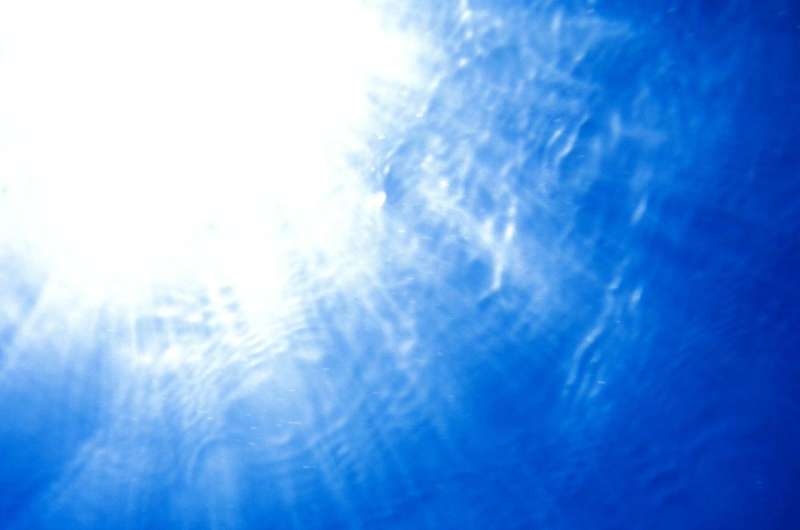Mysterious egg on ocean floor was actually a catshark, and it was moving, NOAA says

A mysterious "translucent egg case" found last week off an uninhabited island near Puerto Rico has been identified by NOAA explorers as something few scientists had seen.
"Upon zooming in on this egg case," says a NOAA mission report, "we were able to clearly see the embryo ... actively swimming within the case."
This embryo was a "very rare sighting" of a developing catshark, a little understood species of shark named for their bugged-out—and haunting—feline eyes.
Catsharks are notoriously "shy and nocturnal and often hide in crevices," reports National Geographic. And they're small, typically growing about 20 inches in length in the ocean off Puerto Rico, says NOAA.
"Most catsharks live in seas above the upper continental slope, a location that makes it difficult to observe these sharks and collect specimens. Therefore, much information about catsharks remains to be discovered," reports AnimalDiversity.org.
They are not considered a danger to humans, despite having a mouth full of teeth, according to the Florida Museum of Natural History.
The egg casing was observed on Nov. 15 during a NOAA exploration off "unknown and poorly understood deepwater areas" near Puerto Rico and the U.S. Virgin Islands. The expedition began Oct. 30 and ended Tuesday.
NOAA scientists used a roving camera to see the egg, which was attached to a coral branch more than 820 feet down, off mountainous Desecheo Island. The island, 13 miles off Puerto Rico, remains uninhabited by federal law "due to unexploded military ordinance," according to IslandsofPuertoRico.com.
The ocean floor in the area is full of "overhangs, crevices, and large boulder-like features," where all types of sea life can easily hide, said the NOAA report.
Explorers reported seeing spotted catsharks multiple times during the expedition, some at depths of more than 1,500 feet. This species of cat shark is typically seen at depths of 360 feet, but has been spotted as low as 1,300, according to the Florida Museum of Natural History. That would make the one spotted at 1,500 a little deeper than the norm.
The scientists also documented creatures that they couldn't easily identify, including a long, black-eyed shark photographed resting on the ocean floor 2,100 feet down in the Ines Maria Mendoza Nature Reserve, said a NOAA report.
©2018 The Charlotte Observer (Charlotte, N.C.)
Distributed by Tribune Content Agency, LLC.


















